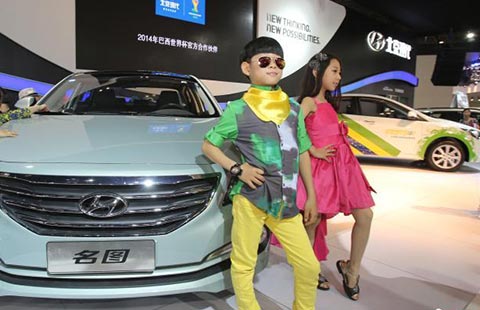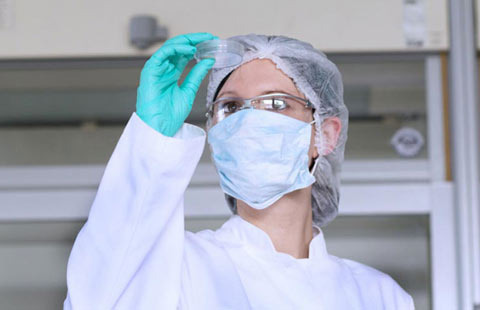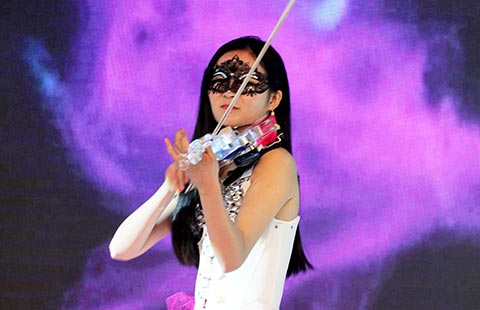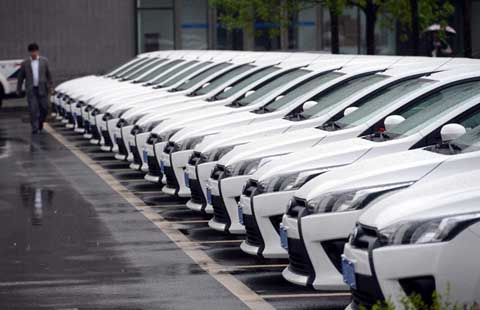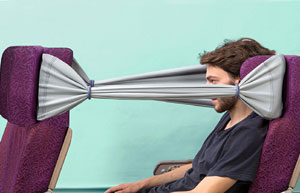Trilateral investment pact preludes China-Japan-ROK FTA
(Xinhua) Updated: 2014-05-19 15:03It has 27 articles and a protocol to "create stable, favorable and transparent conditions for investment."
Negotiations for a much-expected FTA are still going on.
At last year's ninth China-Northeast Asia Expo, Hiromasa Yonekura, chairman of the Japan Business Federation, or Keidanren, said a "regional economic cooperation agreement" would be key to Japan's economic growth.
He said that the Keidanren was working with governments and economic circles for the conclusion of the China-Japan-ROK FTA and the founding of a regional comprehensive economic partnership (RCEP) in East Asia.
The proposed trilateral FTA would be a blessing for ROK businesses, with more opportunities, higher profits and lower tariffs, said Na Hee-Jong, director of the Overseas Sales Department of Samkwang Glass Co, LTD.
China's Ministry of Commerce said in March that the China-Japan-ROK FTA had undergone four rounds of negotiations over trade, investment and tariff cuts.
"There are still pending issues in areas concerning their respective interests," said Zhang Yushan, a Korean studies expert with the Jilin provincial academy of social sciences.
"China enjoys more advantages in agriculture and textile industries, while Japan and the ROK are stronger in the service sector. Detailed clauses are yet to be worked out concerning intellectual property rights, environmental protection, technical standards and government procurement."
Official statistics show the three countries' combined GDP totalled $15 trillion last year, about 20 percent of the global total and 70 percent of Asia's total.
Meanwhile, the three countries are also among the world's biggest traders, with a combined foreign trade of over $5 trillion, about 35 percent of the world's total.
APEC ministers hear China's call for wider FTA
Li calls on China, ROK to speed up FTA negotiation
FTA agenda for APEC economic leaders
S Korea, China see gaps on goods liberalization at FTA talks
- China's economic planning agency outlines key reform tasks
- Property map reveals agony of home buyers
- Negative list in need of some positive tweaks
- Govt mulling tax cut for imported electric cars
- China's forex reserve to hit $4t: report
- Securities firms can tap private capital market
- Home prices drop in more Chinese cities
- Playing a different tune
